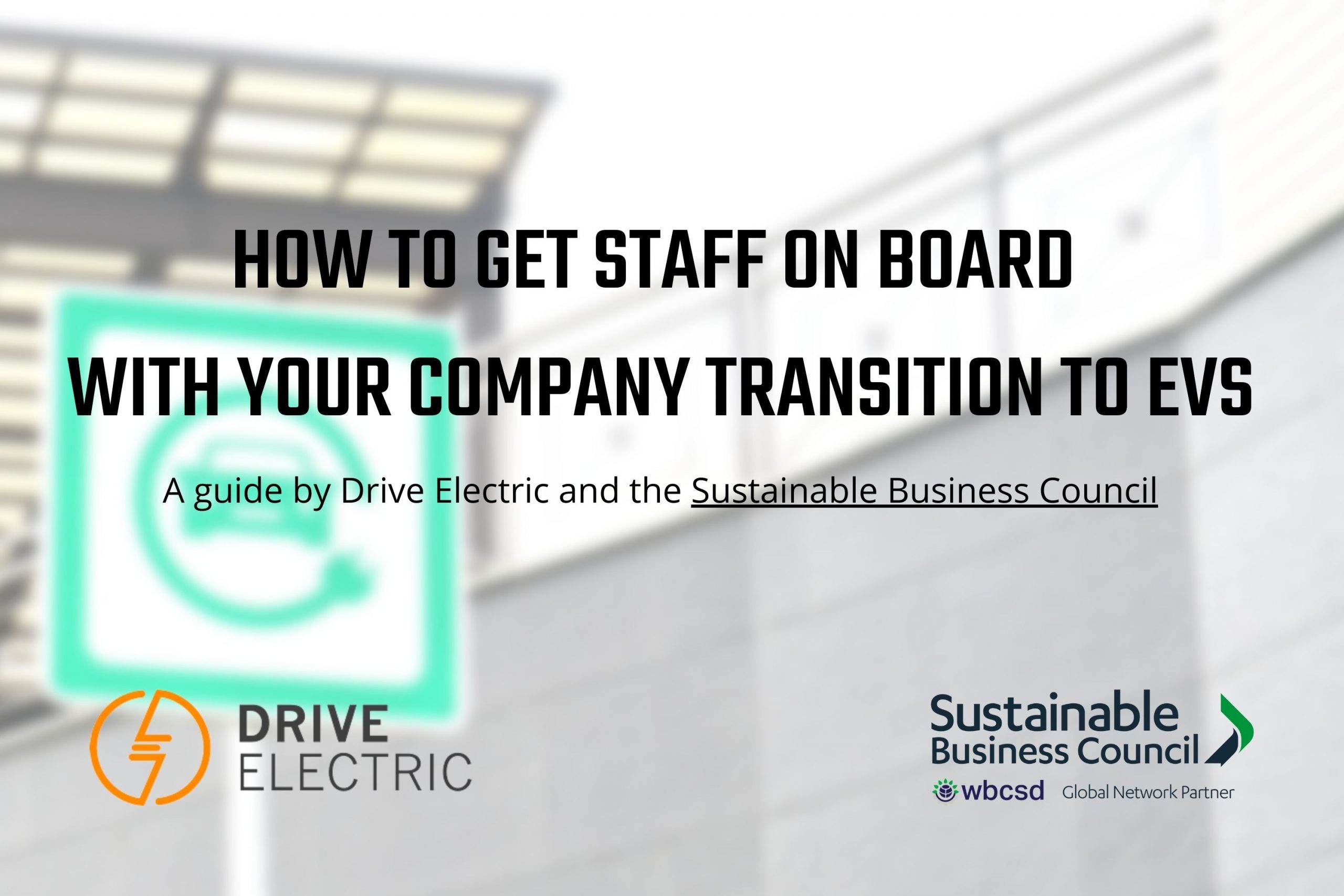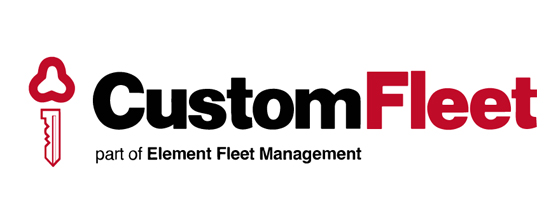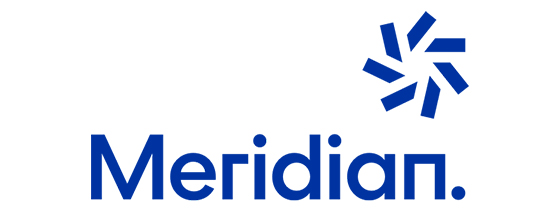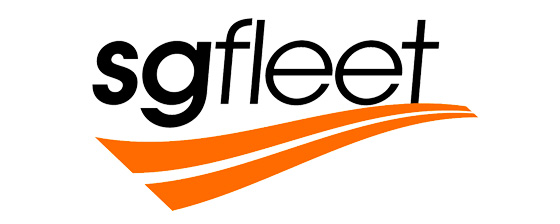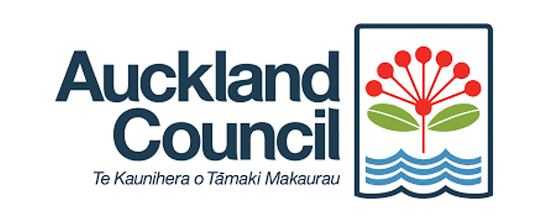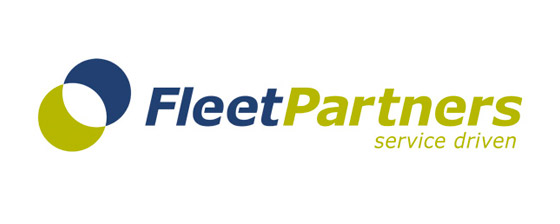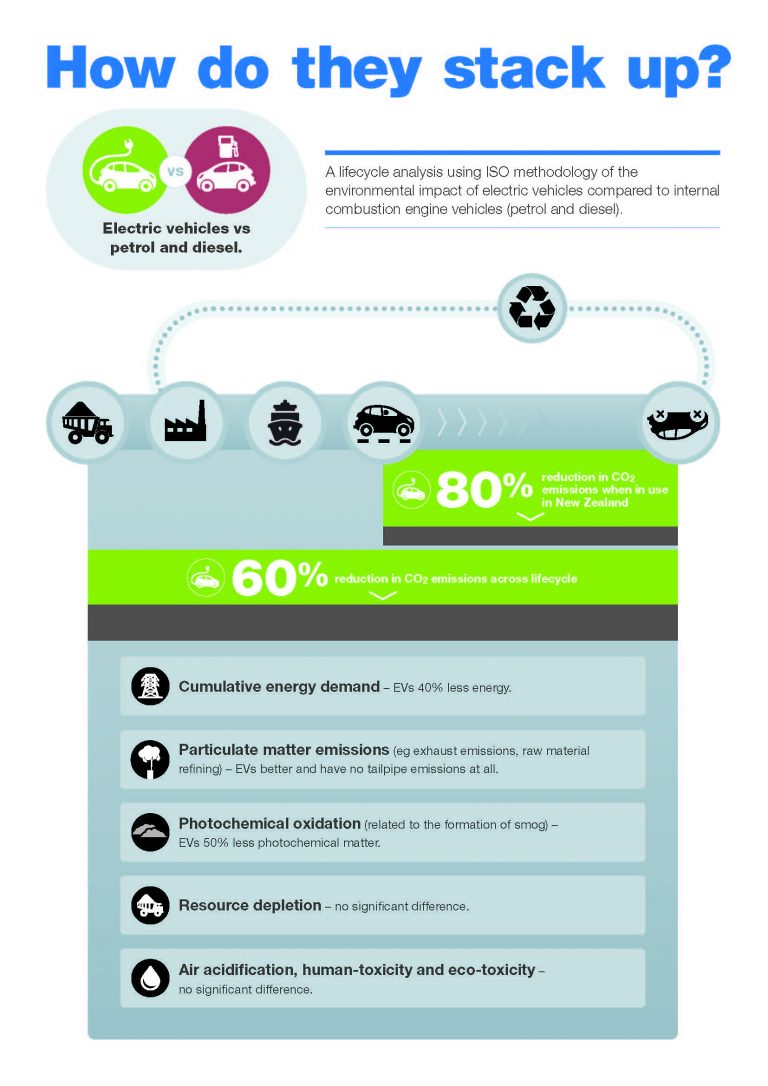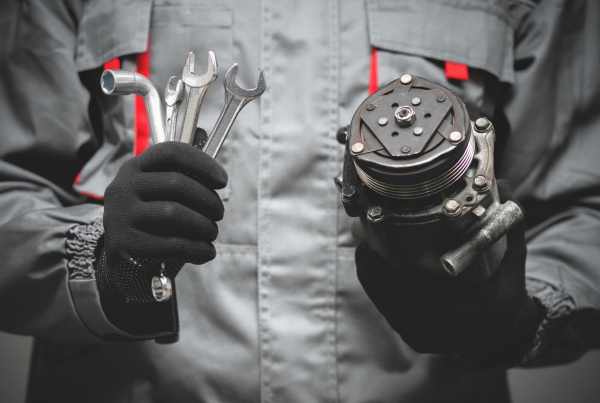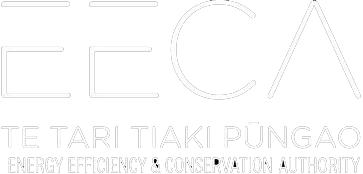If you are starting your business journey to a carbon zero fleet, there are several decisions to make around procurement, infrastructure and cost. One of the most important factors to consider in your transition to EVs is staff engagement.
While there are a myriad of benefits for businesses who switch to electric vehicles, many Kiwi companies who have made the switch have found that staff can be apprehensive about EVs; it’s a relatively new technology, and there are still many misconceptions about electric transport. Foisting electric vehicles on unwilling staff is not a recipe for a successful transition! If your organisation is going to be successful with EV uptake, you need to get staff excited about the electric transport journey.
Drive Electric and the Sustainable Business Council have talked to some of the New Zealand businesses who have made successful transitions to low emission vehicles, to understand how they encouraged their people to embrace EVs.
STAFF QUESTION:
RANGE ANXIETY
‘Do EVs have enough driving range for me to do my job?’

Many people have a sense that there is a lack of charging infrastructure if they are travelling beyond the range of their electric vehicle. So, you need to educate drivers about the range of the EVs in your fleet. Newer models can have ranges of over 500km!
Most drivers tend to overestimate the distances they are travelling, which creates range anxiety. By utilising travel data from telematics devices you can show your staff how far they are actually driving each day.
”Using telematics, we have been able to provide so much insight for our customers. These are things like how many trips a day their vehicles are doing, the average kilometres travelled, and so on. You can break it all down vehicle by vehicle, and it gives insight not just into which vehicles are going to be suitable to change to EVs, but the utilisation of the fleet as a whole.”
Jane MorrisonStrategic Sales Consultant, Custom Fleet
Properly analysed, utilisation data also helps to remove some of that range anxiety candidates for EVs might feel, debunking myths about how much driving they’re doing. “It becomes a different discussion with drivers. You can say, ‘We have the data to make an informed decision’.”
TIP: Make sure your staff have sufficient access to charging infrastructure to reduce range anxiety
If it is inconvenient for your people to charge, it will taint their EV experience. Home charging is a good place to start; home charging makes up 85% of the charging needs for EV in New Zealand, so installing home chargers for employees will definitely support uptake.
Home charging
There are challenges to installing at home chargers, so IAG and The Warehouse Group recommend gathering information about employees’ home situations ahead of installation. You will need to know whether:
- They rent or own their home
- They have somewhere to park and charge a car
- How your company will pay for the electricity used
- If they rent, whether their landlord would be open to charger installation.


Workplace charging
Installing workplace charging infrastructure is crucial in supporting staff EV uptake.
For example, The Warehouse Group have utilised their store network by installing EV chargers at selected stores to reduce their reliance on the public network. They have partnered with Chargenet to install chargers available exclusively to TWG employees, as well as public chargers.
Custom Fleet negotiated with their landlord to install charging infrastructure as part of their lease requirements. They now have 10 charging stations in their Auckland office car park.
Public charging stations
The NZ Government, alongside several innovative private companies, have made substantial commitments to establishing a robust charging network across the country. There are now thousands of public electric vehicle charging stations across New Zealand. With journey planning tools such as Plugshare, drivers can easily top up at charging stations on their way to any destination in New Zealand.
Before you commit to an EV transition, you can follow the lead of companies like Meridian Energy, who journey-planned and tested routes to ensure staff would have access to public fast charging before adding EVs to the fleet.

STAFF QUESTION:
SUITABILITY
‘Is an EV fit for purpose for what I need in my role?’
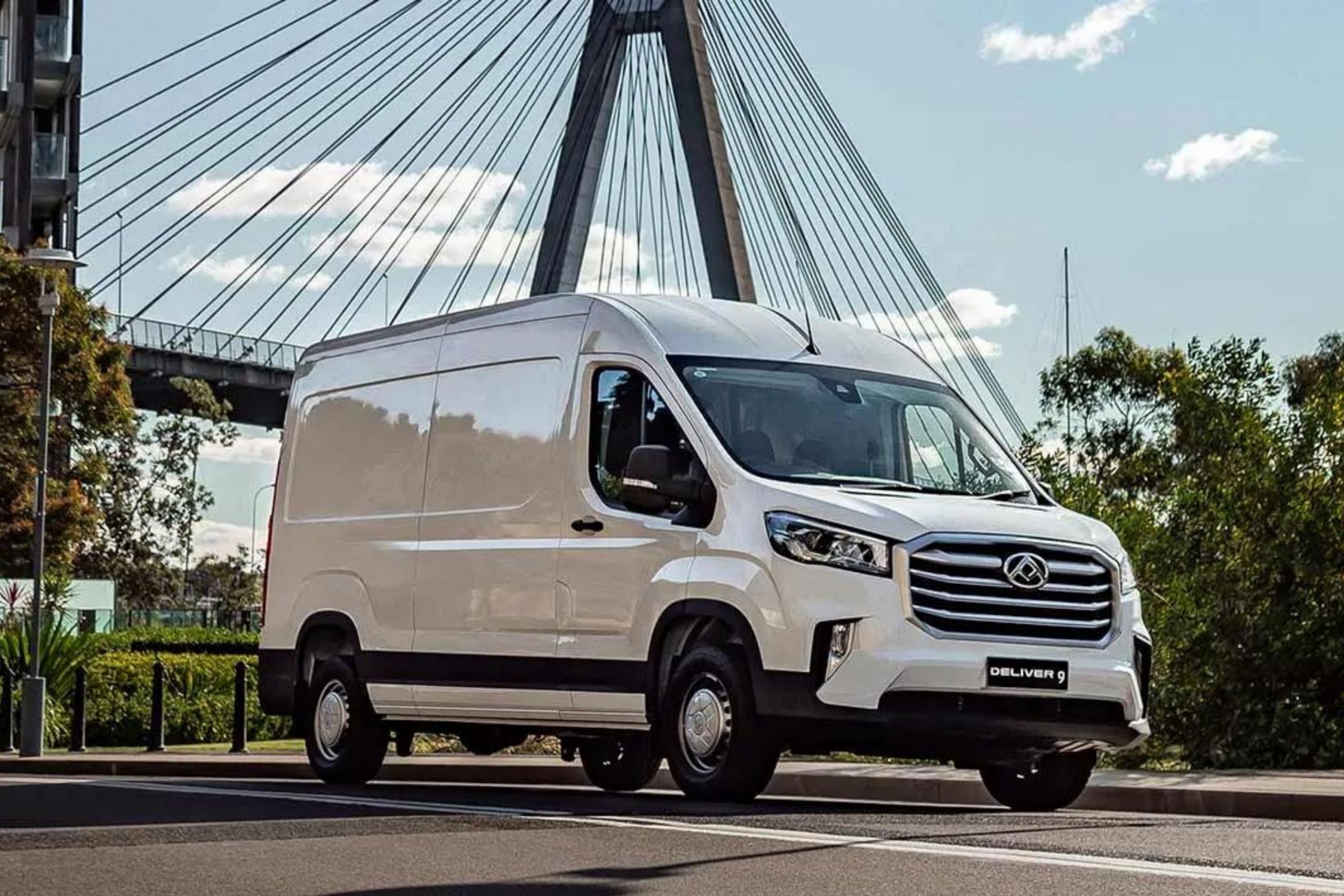
Prior to procuring EVs it is important to take the time to fully understand how vehicles are used across your business. You can draw insights from telematics of vehicle movements and from conversations with staff to understand their experiences. Then, you can begin answering questions for each driver such as:
- Does the scope of this person’s role align with them utilising an EV?
- Where do they drive?
- Are they predominantly office-based, and could they rework their rota so they’d be in a position to drive an EV? Could they use a pool car instead?
It also comes down to the tool-of-trade EV models available at the time; for instance, if an employee absolutely needs a ute to do their job, you may need to wait until more BEV ute models are available on the New Zealand market. Luckily, more EV utes will be arriving towards the end of 2022!
Pool vehicles
In some instances, rejigging the balance of allocated versus pool vehicles can help make a fleet more efficient.
”“It tends to be easier to transition pool vehicles to electric. They may have a single budget-line owner, and typically, there are also fewer of them. If you’re looking for quicker opportunities to convert, you could look at the pool as a starting point. There’s also a consideration of employee emotion here: people tend to be far more invested in the decision to convert when it’s their own tool-of-trade vehicle involved.”
Rob HalsallHead of Procurement, Westpac
STAFF CHALLENGE:
ENVIRONMENTAL IMPACTS
‘I heard EVs are just as bad for the environment as petrol cars’
IAG found it useful to utilise information from EECA’s life cycle assessments to help educate employees about the environmental benefits of EVs. These reports confirm that EVs are better for the environment than petrol or diesel powered vehicles, even when taking the manufacturing process and after-life disposal into account. They also used insights from the Battery Industry Group to provide the latest information on battery recycling to put staff’s minds at ease.
As their EV rollout began, IAG measured their carbon emissions and found more than 80% reduction per driver after their transition to electric. This information helped them to tell the environmental side of the story and encourage further EV uptake amongst their people.
STAFF QUESTION:
WHY BOTHER?
‘I already have a petrol car and it works fine, so why should I change to an EV?’
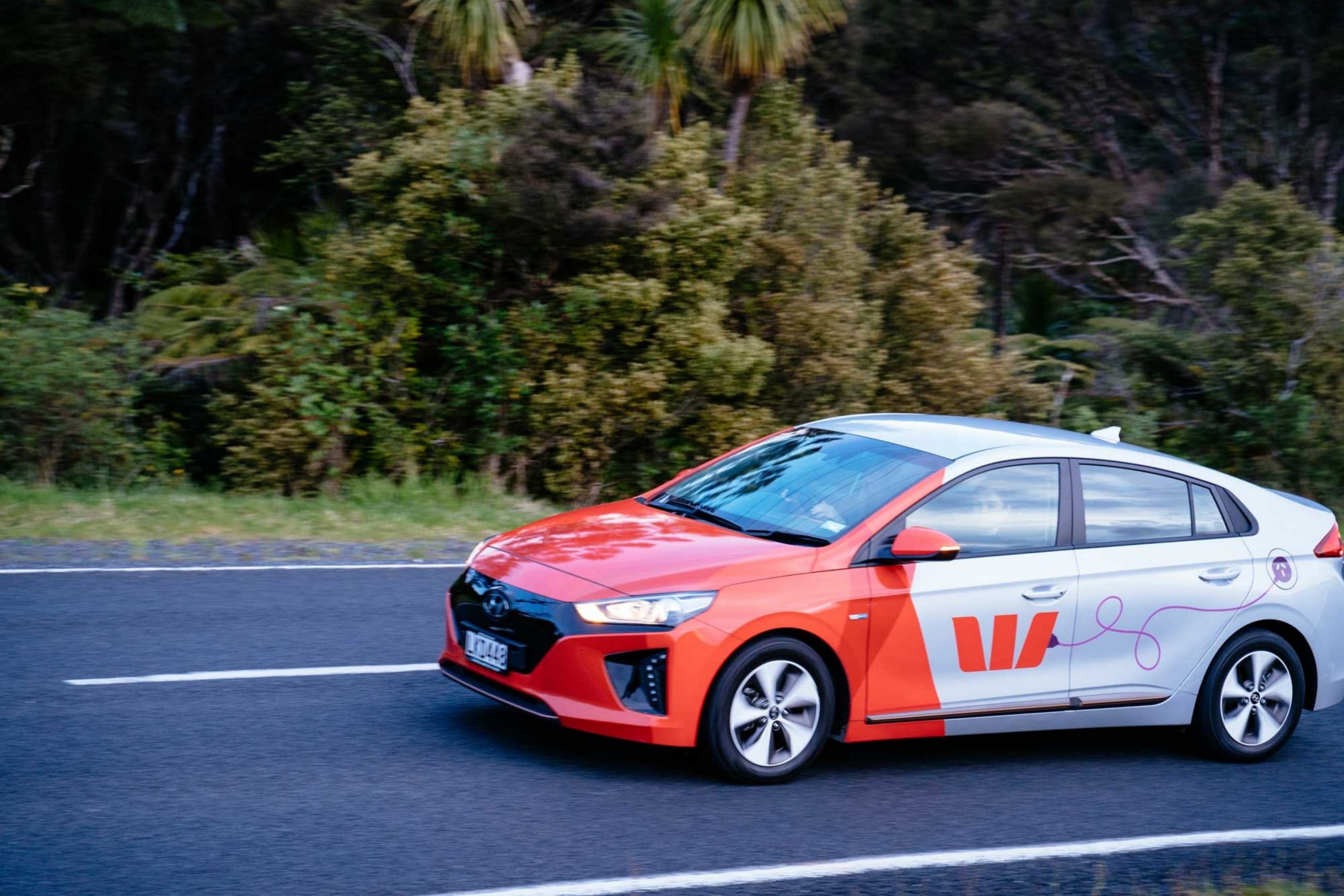
All companies we talked to stressed the importance of bringing energy and excitement to the EV implementation process.
”When you’re introducing EVs, you’re introducing change and that can be tough, especially in larger organisations. It can take people time to understand the opportunity.”
Rob HalsallHead of Procurement, Westpac
Most companies brought in a broad range of electric vehicles for staff to test drive before procurement. Employees found for themselves that the EVs had superior performance over petrol cars and that they really enjoyed the driving experience. Employee apprehension tended to melt away as soon as they drove an EV.
”No one is dragged out of their car and given an EV; it’s softly softly. And as soon as they drive one, the conversation is over.”
Geoff TipeneManaging Director, SG Fleet
Other ways to help your staff appreciate the difference between EVs and gas vehicles:
- Set up Q&A and EV refresher sessions with your procurement managers, fleet providers and your chosen car brands so that drivers have the opportunity to ask questions directly.
- IAG and TWG identified ambassadors/early adopters who were respected by their fellow team members and on board with the company’s EV transition. These individuals were using the EVs every day and providing trusted insights to other staff and key decision-makers in the business. Both companies used internal channels for their EV Early Adopters to take videos, photos and share insights. This allowed staff to share insights and build enthusiasm around the business, as well as making the EV drivers feel like they are part of a community.
OTHER FLEET DECARBONISATION IDEAS TO CONSIDER
Have you considered changing your company’s car ownership model completely?
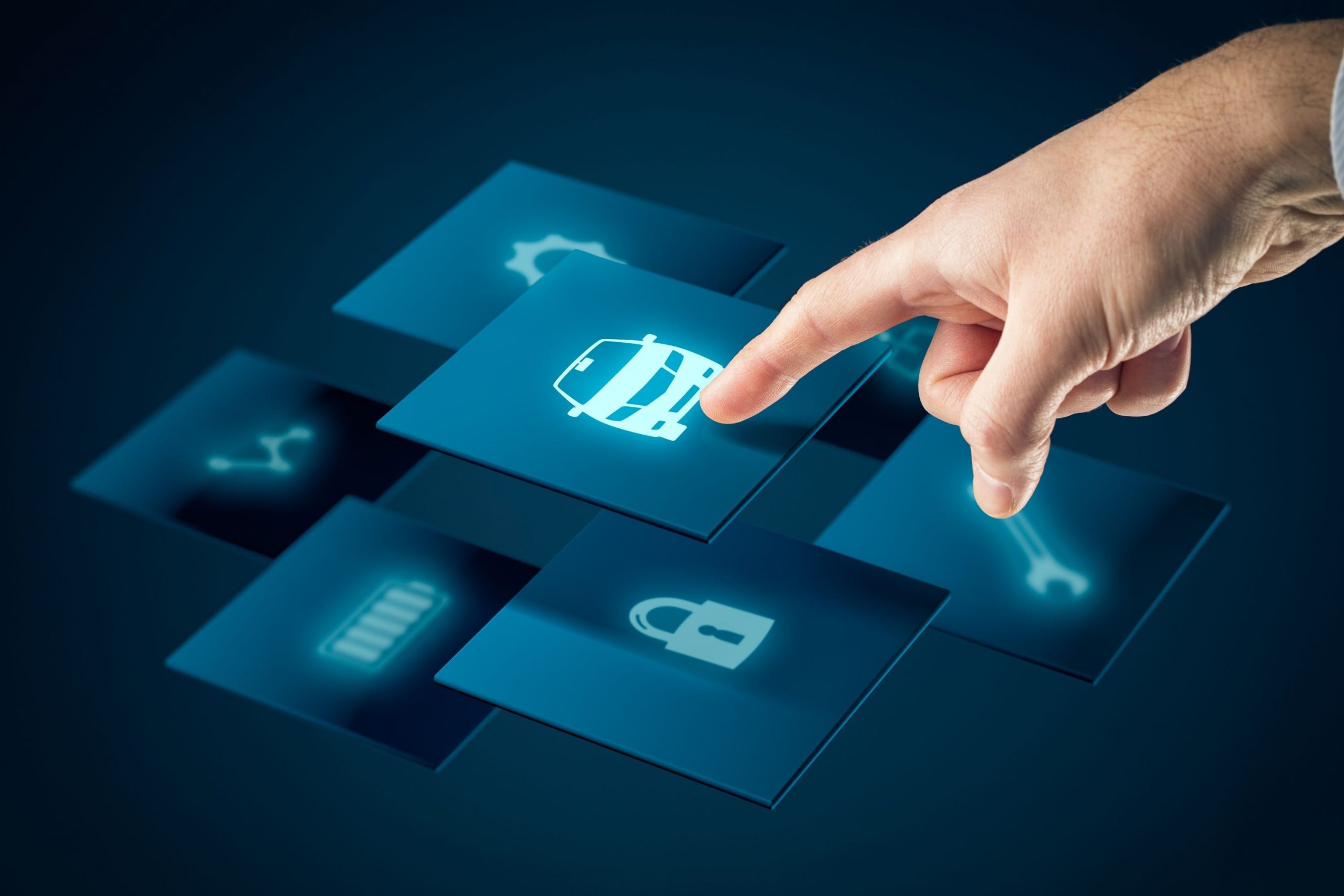
Custom Fleet had one customer recently with multiple business units, each unit effectively operating its own independent vehicle pool. It was one organisation, but acting as six or seven different fleets. Custom Fleet pooled the total fleet and created a proper sharing model. From that came better utilisation of vehicles, and an opportunity to eliminate some vehicles or redistribute them to areas that needed more transport resources.
Auckland Council has also considered less traditional ways of doing business:
”Clearly, employees who travel a lot such as building inspectors or licensing inspectors need their own dedicated vehicles. But what about staff in outlying council offices who currently drive to team meetings? Could Skype for Business, which enables remote meetings, be used instead? We need to give our staff credible and functional alternatives to travel, whether that’s technology to enable remote meetings, public transport or options like ride hailing.”
Jazz SinghGM of Procurement, Auckland Council
TIPS FOR SUCCESS IN YOUR COMPANY FLEET TRANSITION TO ELECTRIC VEHICLES
Be patient. Take the time to understand the concerns your people may have, and ensure you take a very collaborative approach to EV adoption.
Use telematics. Telematics help you make data-informed decisions about your fleet and educate staff on their vehicle use.
Ensure you have dedicated resource for this transition; the purchase of the vehicles is the easy part. A successful EV transition requires a project team across procurement, lease providers, property, charging infrastructure, communications and change management.
Collect feedback through the process to understand ongoing issues around EV uptake.
Don’t assume that every car needs to be replaced; encourage teams to think about whether they need to be personally assigned vehicles at all, or could instead do their jobs by using pool cars.
Get your team excited about EVs! Having a fleet manager who is passionate about EVs or reducing emissions makes a big difference.
Take the lead. Electrify your business.
For further insights and support in your transition to electric vehicles, consider joining Drive Electric and the Sustainable Business Council. The members of both organisations have access to resources and industry experts to guide you in your business’ decarbonisation journey.



